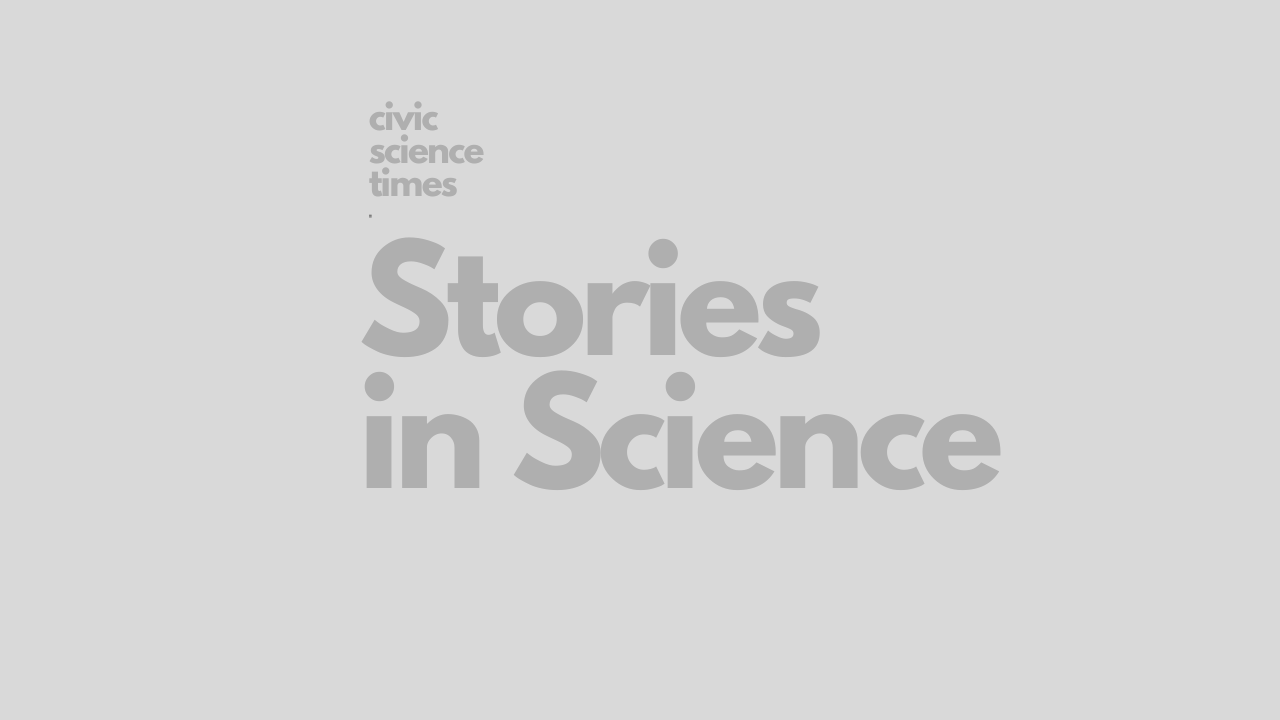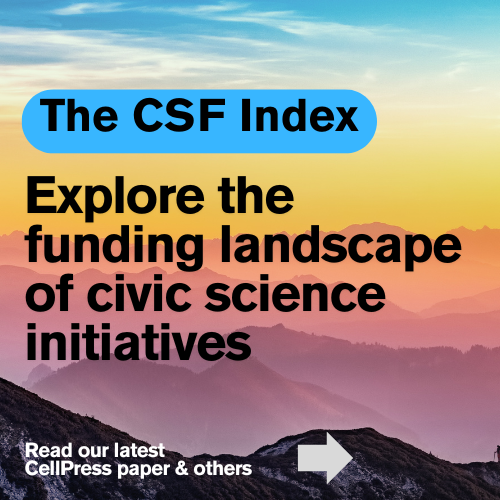CSO - Stories in Science
Searching for answers as a Space Physicist

Alessandra Abe Pacini
I am the youngest child in a multi-cultural Brazilian family. I am the result of an immigration wave that happened in the beginning of the last century and brought my grandparents and great-grandparents from Italy, Japan and Lebanon to work in the Southeast part of Brazil. When I was born in the early 1980s, my hometown São Paulo was already one of the most populous cities in the world. Observing the night sky was challenging due to the combination of car smoke and glittering city lights.
However, my father’s numerous science books always reminded me to look up and enjoy the beauty of the night sky during my childhood. In high school, I was lucky to have incredible physics and chemistry teachers who made me understand and embrace the fact that I LOVED Science. My friends called me a nerd at the time (and they still do) but I never took it as bullying. I actually took it as a compliment! How could I be offended to be known as a person who likes to understand nature?
Following my passion for science and inspired by Dr. Ellie Arroway (the scientist from Carl Sagan’s beautiful story “Contact”), I chose to study physics in college (I went to the Mackenzie University in São Paulo). I found out there was a radio astronomy group in my university (called CRAAM – Centro de Rádio Astronomia e Astrofísica Mackenzie). Long story short, I didn’t stop knocking on their door until they accepted me as an intern! As soon as my adviser showed me a movie of the sun rotating and exploding, I fell in love… I decided to be a solar physicist and began studying the solar flares in X-ray and sub-mm waves.
The 4 years that I spent in college were not enough to answer the questions I had. So I spent 7 more year in graduate school, earning a Master’s degree and two PhDs in space physics (one from a Brazilian Institute, INPE, and another from the University of Oulu in Finland). My research interests have widely broaden since then, and now include cosmic rays, solar energetic particles, heliospheric modulation, cosmogenic isotopes, and space weather. As a scientist, my job is to help build knowledge about unknown physical phenomena and share it with society. It’s cool, isn’t it?
In general, I work on analyzing space weather data on my computer, discussing my results with colleagues, and sharing our findings by publishing scientific papers and presenting posters/seminars at conferences around the world. I actually met my American husband at a geophysics conference in Costa Rica! The data that I use comes from satellites or ground-based stations. Sometimes, I create my own databases, install some new antennas or collect new samples. My fieldwork has enabled me to spend two summers at the Brazilian Antarctic Station, camp at the Chilean Patagonia, and even meet Santa Claus at his office over the Arctic Circle. Being a scientist can indeed be a great adventure!
However, it is true that my path has not always super exciting. I have considered changing my career direction several times due to the exhausting productivity marathon that we scientists have to run nowadays (which is especially hard when you are a mom)… But there is always a new project, an old mentor, a brilliant discovery that inspires me to get back on track. I don’t have the ambition to be a famous scientist or the pretension to win the Nobel Prize one day.
I just want to keep investigating nature, contribute to the space physics area, and educate new generations of students in STEM. I have realized that to be a good scientist, it is not necessary to be a genius, have a mustache, or a crazy hairdo (if you have it, it is fine too). You only need to study hard, be curious, focused, and well connected. You have to keep your mind open for new techniques, theories and questions. And, the most important thing: you have to persist in searching for your answers…
This search always leads to new and more exciting questions! Being a scientist means being an everlasting curious person by definition. Even cooler than finding an answer for your scientific question is sharing your discoveries with people around you: the general public, your peers, your students, your friends, and your kiddos (I have 2: Gabriel, a very energetic 5 year old boy, and little Aurora, a chubby 6 month old baby). Helping people to better understand nature and seeing the wonder in my children’s eyes after understanding the world around them will always be my main motivations in being a scientist.

About Alessandra Abe Pacini – Alessandra Abe Pacini is a Brazilian space physicist living in the US. She is currently a space weather physicist at the Johns Hopkins University Applied Physics Lab and a CEO of the InSpace LLC. In addition to her science, Dr. Pacini takes care of her kids, enjoys skateboarding, and also writes books! She is passionate about sharing her work with underrepresented groups, motivating girls in STEM, and promoting gender equality in the space physics area. Her family has no borders, similar to her science.
Featured Image titled “M31” is by Joel Tonyan from Flickr | Some rights reserved
ABOUT: Stories in Science is a special series on the Civic Science Times. The main aim is to document the first-hand accounts of the human stories behind the science being published by scientists around the world. Such stories are an important element behind the civic nature of science.
SUBMISSION: Click here to access the story guidelines and submission portal. Please note that not all stories are accepted for publication. After submission, we will let you know whether we have selected the story for the review process.
The CS Media Lab is a Boston-anchored civic science news collective with local, national and global coverage on TV, digital print, and radio through CivicSciTV, CivicSciTimes, and CivicSciRadio. Programs include Questions of the Day, Changemakers, QuickTake, Consider This Next, Stories in Science, Sai Resident Collective and more.

-
Civic Science Observer1 month ago
What are the objectives of the Neurotech Justice Accelerator at Mass General Brigham?
-
Civic Science Observer6 days ago
Meet the New Hampshire organization changing the way we see insects
-
Civic Science Observer2 months ago
Dear Colleagues: Now is the time to scale up public engagement with science
-
Civic Science Observer1 week ago
Dear Colleagues: Help us understand the national impacts of federal science funding cuts on early career researchers in academic laboratories
























